Power tools are essential for any DIYer or professional contractor. They come in a variety of styles and sizes, making it easy to find the perfect tool for your particular job. From drills and saws to sanders and grinders, there is a power tool for nearly every application. In this article, we will discuss the different types of power tools available, their applications, and provide helpful tips on power tool safety.
What is a power tool?
Power tools are typically more powerful than hand tools and are designed for use in heavy-duty projects involving large amounts of material or hard-to-reach areas. They are often used in industrial, commercial, and home applications. [1]
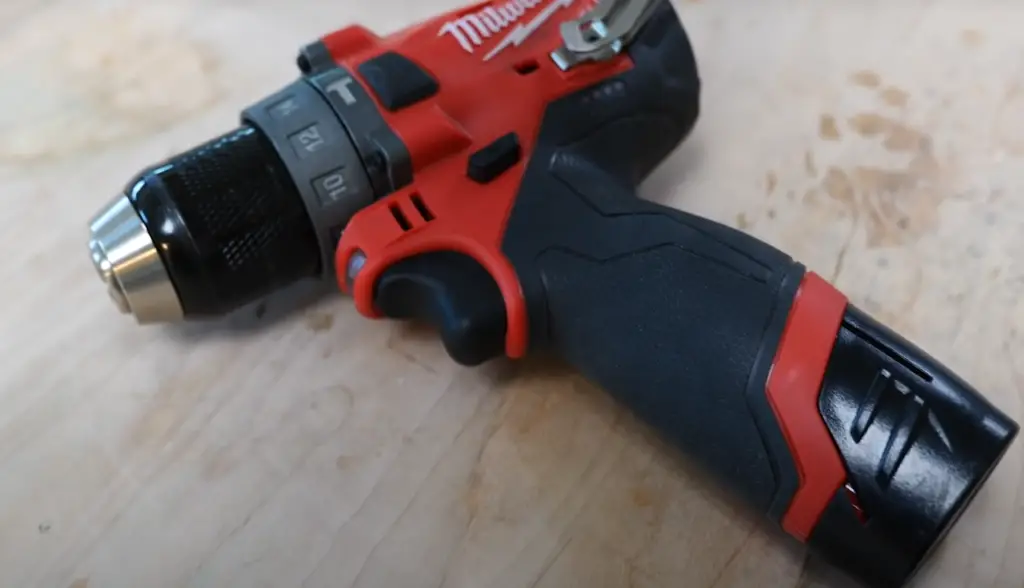
Drills
Drills are probably the most commonly used tools for drilling, driving screws and making holes in walls, wood or metal. The drill bit is a cylindrical piece of metal that can be adjusted to different sizes. It has a cutting tip at one end and a chuck at the other end where you can attach various types of drill bits. [2]
Cordless Drill
The cordless drill is the same as a regular drill, but without the power cable attached to it. It’s powered by rechargeable batteries which can be changed quickly and easily when they run out of charge. It’s ideal for working in areas where there isn’t a power supply nearby, or if you need to move around a lot. [2]
Impact Driver
The impact driver is a powerful tool that uses a hammering motion to drive screws and other fasteners into hard materials such as wood and metal. It’s much more powerful than a regular drill, so it can easily get through tough materials without losing its torque. Impact drivers are great for tasks such as driving large screws or bolts, or for drilling into concrete. [2]
Hammer Drill
The hammer drill is a powerful tool that combines the speed of a regular drill with the power of a hammer. It’s perfect for drilling and chiselling into masonry, brick and stone. It uses a rotating head to generate high-speed impacts, which makes it easy to get through tough materials quickly and efficiently. [2]
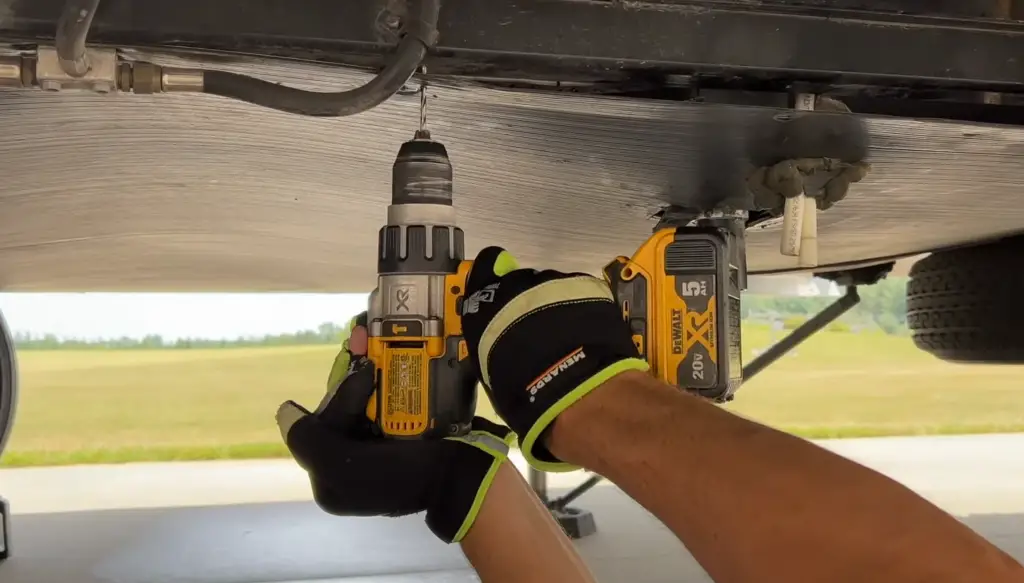
Saws
Saws are one of the most commonly found power tools used in many different applications. They come in a variety of shapes and sizes, from circular saws to reciprocating saws to miter saws. Depending on what you’re trying to cut or shape, each type has its own unique advantages and disadvantages.
Circular saws are probably the most well-known type of saw. They are versatile tools that can be used for a variety of tasks, such as cutting lumber and plywood, trimming metal, or making precise angled cuts in masonry. The blades come in a range of sizes and tooth configurations to help you get the job done right. [1]
Band Saw
Band saws are powerful tools that can make extremely accurate cuts in both metal and wood. They are great for curved or intricate cuts, as well as repetitive cutting tasks. Band saws use a continuous blade that moves in an up-and-down motion to cut through materials. This type of saw is best used when making multiple shapes out of the same material. [1]
Reciprocating Saw (Sawzall)
Reciprocating saws, also known as Sawzalls, are designed for demolition and renovation projects. They’re perfect for cutting through nails and screws, trimming away plasterboard walls, or even pruning trees. These saws use an up-and-down motion to quickly cut through materials such as wood, metal, and PVC pipes. [1]
Skill Saw
Skill saws are lightweight, corded tools that are ideal for making straight cuts in wood. They’re great for cutting boards to length or making quick cuts on the job site. Skill saws come with a variety of blades and can be used to make both straight and curved cuts. [1]
Radial Arm Saw
Radial arm saws are larger, more powerful tools that can make long and accurate cuts. They are great for cutting large pieces of wood or making precise angled cuts. Radial arm saws use a circular blade mounted on an arm that moves along the surface of the workpiece for maximum accuracy. [1]
Jigsaw
Jigsaws are compact power tools that are perfect for making curved or intricate cuts in thin materials such as wood, metal, plastic, and even ceramic tile. They use an oscillating blade to make smooth, precise cuts with minimal effort. Jigsaws offer the ability to make freehand cuts or follow a template for more detailed work. [1]
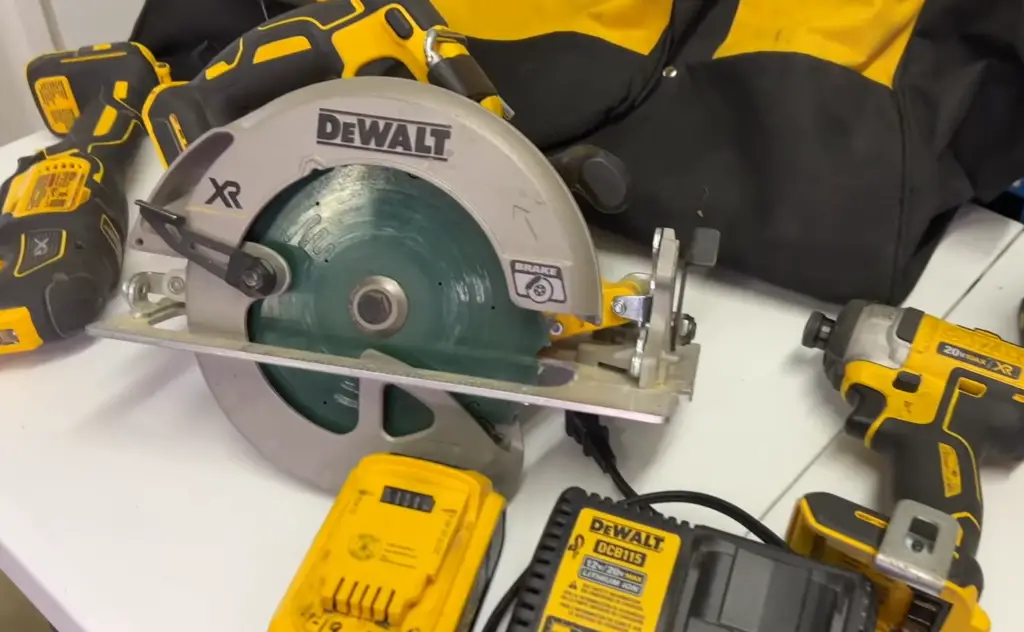
Grinders
Grinders are a type of power tool that use abrasive discs to grind down materials. Depending on the size and shape of the attachments used, grinders can be used for a variety of tasks including cutting, polishing, sanding, buffing and grinding. These tools come in both corded and cordless models and are available as handheld units or with fixed bases. They are a versatile tool for both professional and DIY applications.
When choosing the right grinder for your project, consider what type of material you will be working with and the type of grinding action required. Also take into account whether or not you need a corded or cordless model, as well as the wattage rating and features. [2]
Angle Grinder
An angle grinder is a handy and must-have tool for every handyman. It is an electric motor powered by electricity that runs on abrasive discs, grinding wheels, or other cutting tools. Angle grinders can be used to cut through metal, wood, concrete, plastic, stone, and even brick – making them an incredibly versatile tool. [2]
Floor Grinder
Floor grinders (also known as concrete grinders or floor polishers) are power tools that use rotating diamond discs to level, smooth, and polish floors. They are especially useful for removing thin layers of material such as paint or adhesive and preparing surfaces for refinishing. These tools come in both corded and cordless models with variable speed settings and dust extraction systems. When selecting the right floor grinder for your project, consider both the material you are working with and the type of finish required. [2]
Bench Grinder
A bench grinder is a versatile power tool that can be used to sharpen tools, grind metal parts, deburr sharp edges, and even polish surfaces. They typically feature two grinding wheels of different grits and are designed to be used on a workbench or other flat surface. When choosing the right bench grinder for your project, consider the size and type of grinding wheel needed, as well as the speed control options available. [2]
Pneumatic Tools
Pneumatic tools are powered by compressed air and typically used in industrial settings. These tools offer a high degree of power and can help speed up tasks that may otherwise take a long time to do manually. Pneumatic tools require an air compressor, which can be pricey, but they also have the added benefit of being quite lightweight and easy to maneuver compared to other types. [1]
Air Compressor
An air compressor is used to power pneumatic tools. Air compressors are usually large, heavy machines that provide a constant flow of compressed air for powering the tools. They come in different sizes and can be bought or rented from most hardware stores or online retailers. One important thing to note is that you should always use the right size compressor for your specific needs; otherwise, you may end up with an underpowered tool. [1]
Impact Wrenches
An impact wrench is a type of pneumatic tool that uses compressed air to generate high torque for driving or removing nuts and bolts. They are often used in vehicle repair, as they allow mechanics to quickly and easily remove stubborn bolts. Impact wrenches come in different sizes and shapes, with most working on the same principle of using compressed air to generate force. [1]
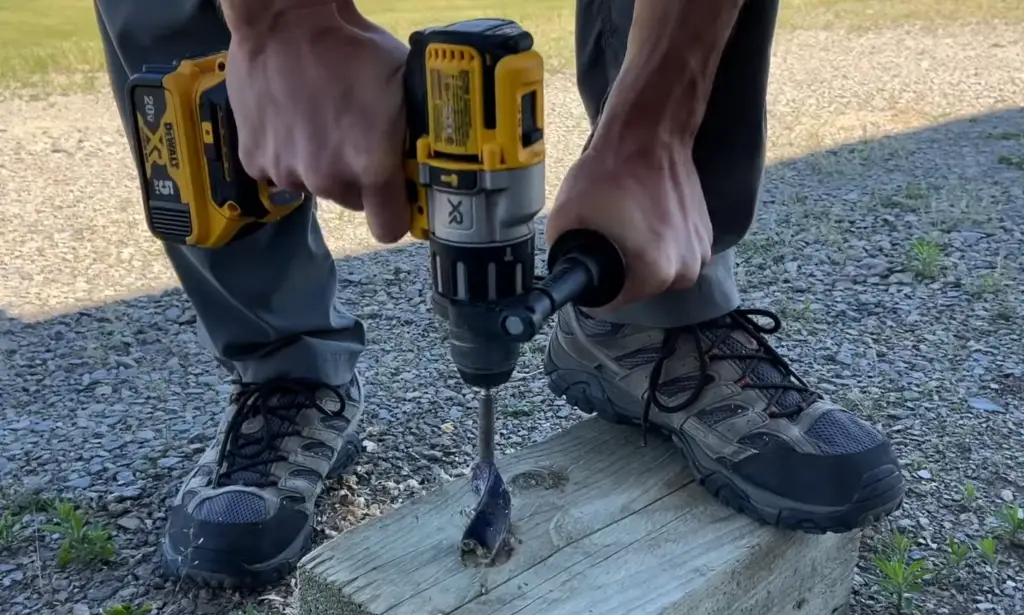
Miscellaneous
Heat Gun
A heat gun is a tool used to emit hot air for loosening paint and varnish, drying moisture or melting adhesives. Heat guns can be of great help when working with wood as they are effective in removing old finishes from furniture or repairing loose joints. They are also useful for shrinking plastic wraps and tubing, bending PVC pipes, burning weeds and thawing frozen pipes. Heat guns are best used when equipped with a variable temperature control to ensure that you don’t overheat the material. [2]
Oscillating Tool
An oscillating tool is a versatile handheld power tool used for cutting, sanding and scraping. It uses a rapidly-oscillating blade or other attachment to perform jobs that would otherwise require multiple tools. Oscillating tools are particularly useful for detailed work as they can reach into tight spaces and corners with ease. They are also great for working on materials like drywall, plaster and wood. They are an essential tool for any home improvement project and can be used to effectively remove grout from between tiles or cut through nails and bolts. [2]
Wall Chaser
A wall chaser is a power tool used for making precise channels in walls, floors and ceilings. It consists of two circular saw blades that are mounted side-by-side on a single body. The blades are connected to an electrical motor which causes them to rotate at high speed while cutting through the material. Wall chasers are ideal for creating grooves or channels for the installation of electrical wiring, pipes or ducts. They can also be used to cut out doorways and windows in masonry walls. Wall chasers should be used with caution as they are very powerful tools with sharp blades that can cause serious injury if not handled properly. [2]
Belt Sander
A belt sander is a power tool used for sanding and smoothing surfaces. It consists of an electric motor that drives a continuous loop of abrasive or sandpaper material around two drums. The drum on the front holds the sandpaper in place while the rear drum is adjustable to control its tension. Belt sanders are great for quickly removing large amounts of material from a surface. They are commonly used for sanding down wood, removing paint or varnish and smoothing rough surfaces. Belt sanders can also be used to shape curved edges on furniture and mouldings, as well as polish stone or metal surfaces. As with any power tool, it is important to use the correct safety equipment when working with a belt sander. [2]
Joiners
Joiners are a type of power tool that is commonly used in woodworking. They can be handheld or mounted on a benchtop. Joiners come in various sizes and shapes, including circular saws, jigsaw blades, and router bits. Depending on the size and configuration of the joiner, they can perform different types of cuts such as rabbeting (cutting along the length of a board), cross cutting (cutting across the width of a board), and mortising (cutting an opening in a piece of wood). Joiners can also help you create miter joints and other complex joint configurations. [1]
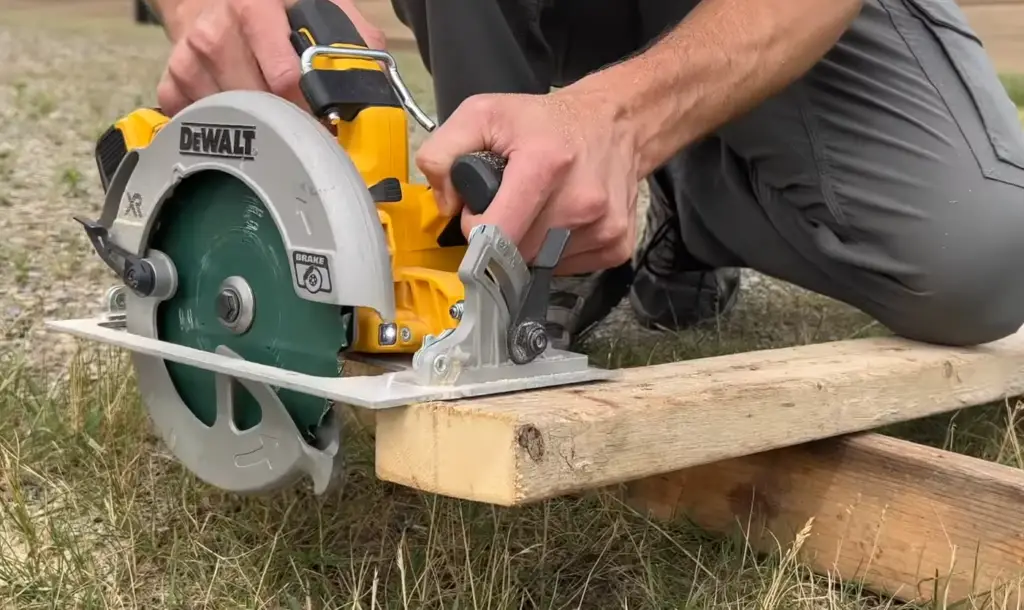
Electric Screwdrivers
Electric screwdrivers are designed to be used for quick, repetitive fastening tasks. They are especially useful in situations where you need to drive screws with precision and accuracy, such as when installing cabinets or furniture. Electric screwdrivers come with adjustable speed settings and torque controls, allowing you to work quickly without risking stripping the heads of your screws. [1]
Hammers
Hammers are one of the most essential tools in any home or workshop. They can be used to drive nails into wood, break apart concrete and rocks, and shape metal.
The most common type of hammer is the claw hammer, which has a thin tip (the “claw”) that’s used to pull nails out of wood. It is available in different sizes, weights, and handle lengths for comfort and balance.
A ball-peen hammer is used primarily to shape metal work pieces. It has a round end (the “ball”) that’s used to flatten surfaces and a flat end (the “peen”) that’s used to create grooves.
A sledgehammer has a large, blunt head that’s used to break up rocks and concrete or drive stakes into the ground. It is available in different weights for optimal power.
A mallet is a softer hammer with a wooden handle and rubber head which is used for forming metal pieces without damaging them. [1]
Vibrators
Vibrators and drivers are the most popular type of power tools. Vibrators produce a vibrational force that can loosen, drive, or tighten screws in various settings. They offer more control than manual screwdrivers, making them an ideal choice for fastening screws in places where precision is important. Drivers are used to provide extra torque on hard-to-reach screws. They are also useful for cutting and drilling materials such as wood, metal, and concrete. When using vibrators or drivers, safety is essential—make sure to wear protective gear such as gloves and eye protection. Additionally, make sure to read the instructions on the power tool before you use it to ensure that it is correctly used. [1]
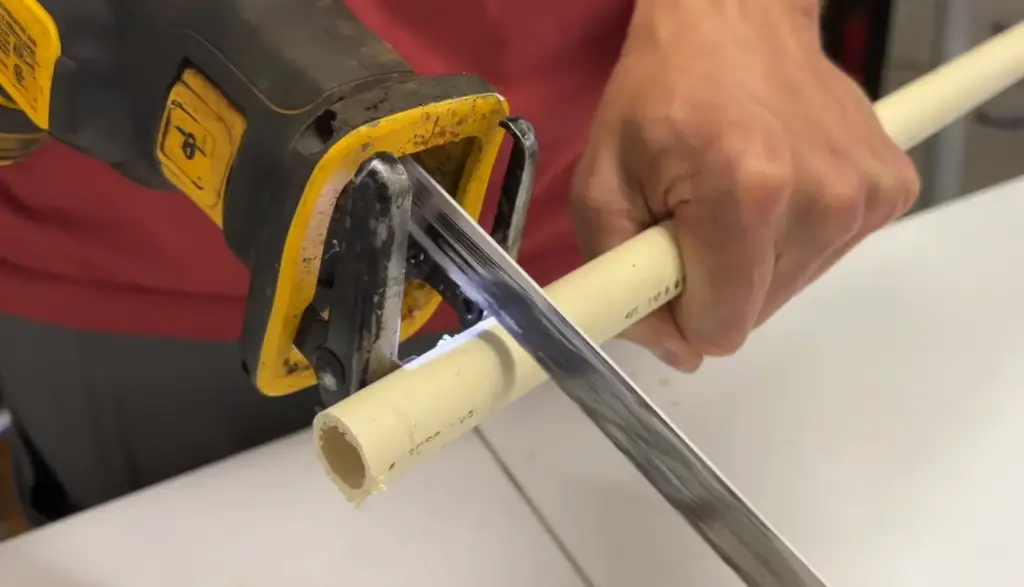
Polishers
Polishers are an important type of power tool for many jobs around the house. Polishers are used to smooth, clean, and shine surfaces to remove scratches, rust, dirt and grime. Some polishers even have buffing pads that can be attached to them for more thorough cleaning and polishing. Polishers usually work best on hard surfaces like countertops, tile floors, and car exteriors.
When using a polisher, you should always make sure to read the instructions for your specific model carefully. It is important to ensure that you are using the right type of pad and set up your machine correctly. Most polishers have variable speed settings; it is important to select the appropriate setting for the surface being polished. [1]
Nibblers
Nibblers are a type of power tool used for cutting holes in various materials. They come with either a single or double blade and feature adjustable depth settings to customize the cut to your desired specifications. The blades also rotate around an axis, allowing you to make curved cuts as well as straight lines. Nibblers are often used by plumbers and metal fabricators because they are powerful and can make precise, detailed cuts in a wide variety of materials. When using a nibbler, you should always wear eye protection and avoid contact with any sharp edges. It is also important to never put your hands near the blades while the tool is running to avoid any potential injury. [2]
Cutters
Cutters are commonly used in many carpentry and woodworking projects. They work by using blades that rotate at high speeds to provide precise cutting action. Some of the most common types of cutters are jigsaws, circular saws, miter saws, reciprocating saws, band saws and router tables. Each type of cutter has different features that allow it to make different types of cuts. [2]
Lawn Mowers
Lawn mowers are a great way to keep your lawn looking neat and tidy. There are several types of lawn mowers available, each designed for different uses. Push mowers are the most basic type of lawn mower and they require you to manually move the machine across your grass surface. These can be great for small yards or those with few obstacles. For larger yards and areas with numerous obstacles, riding mowers are the way to go. They provide more power and speed than push mowers, allowing you to quickly cover more ground in less time. Finally, robotic lawn mowers are a growing trend for those who really want to make lawn care as easy as possible. [2]
Blowers
Blowers are popular power tools for clearing away dirt, leaves, and grass clippings from yards. They come in a variety of sizes and types to suit the needs of various users. The most common type is the handheld blower, although some heavier-duty models can be wheeled around like lawnmowers. Other types include backpack blowers and even robotic blowers that can perform the job automatically. Blowers are typically powered by either electric motors or gasoline engines, with the latter having more power and portability. [2]
Power Mixers
Power mixers are commonly used for a variety of applications, such as mixing cement, plaster, mortar, paint and any other material that needs to be well mixed. They are usually powered by electric or gasoline motors and use paddle-like blades to mix the materials efficiently. Depending on the type of mixer you choose, they can also include different features like variable speed control and safety guards.
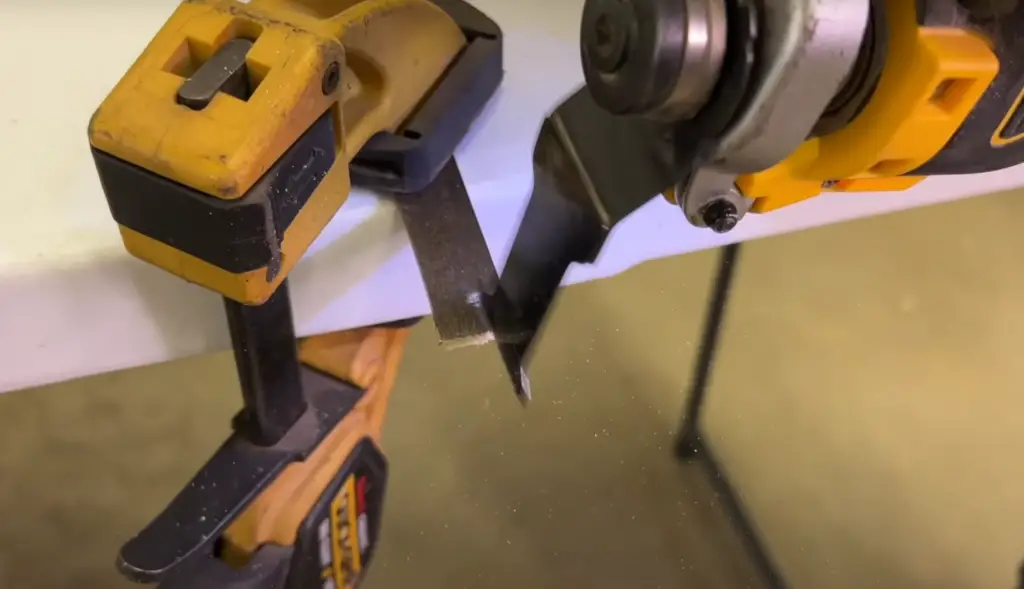
If you’re looking to mix large amounts of material, it is best to use a power mixer as they are more powerful than manual mixers and can handle heavy work loads with ease. Most electric mixers are lightweight and easy to carry around, making them ideal for projects in tight spaces or on the go. [2]
FAQ
What are the examples of power tools?
Power tools are machines and devices that use a motor or engine to perform a task with greater speed and efficiency than manual tools. Examples of power tools include angle grinders, drills, jackhammers, circular saws, chainsaws, jigsaws, jointers, routers, planers, sanders, nail guns or staplers.
What is the classification of a power tool?
Power tools are classified by the power source they use, such as electric, gas or pneumatic. Electric power tools are further classified into cordless and corded types. Corded power tools offer a wide range of options and typically provide more reliable performance than battery-operated models. Gas-operated models may be powered by gasoline or propane fuel.
What are the 4 categories of tools?
Power tools are typically divided into four main categories: cutting, drilling/driving, sanding/grinding and fastening.
- Cutting tools include saws, such as circular saws, jigsaws, reciprocating saws and miter saws.
- Drilling tools are used to make holes in materials, such as hole saws, drill presses and impact drivers.
- Sanding tools are used to smooth surfaces, such as belt sanders and disc sanders.
- Fastening tools include rivet guns, staple guns and nail guns which are used to attach two materials together.
What are the 5 categories of tools?
Power tools are typically divided into five main categories: cutting, drilling/driving, sanding/grinding, fastening and finishing.
- Cutting tools include saws, such as circular saws, jigsaws, reciprocating saws and miter saws.
- Drilling tools are used to make holes in materials, such as hole saws, drill presses and impact drivers.
- Sanding tools are used to smooth surfaces, such as belt sanders and disc sanders.
- Fastening tools include rivet guns, staple guns and nail guns which are used to attach two materials together.
- Finishing tools are used to give a finished look to the surface of a material.
What are the 6 basic tools?
There are six basic power tools that every home or workshop should have:
- Circular saw for cutting wood and other materials.
- Drill to make holes in different materials.
- Random orbital sander for sanding wood, metal and plastic surfaces.
- Jigsaw for making curved cuts in different materials.
- Router to shape and trim wood.
- Impact driver for driving screws, nuts and bolts into hard materials.
What are electrical power tools?
Electrical power tools offer more consistent performance than gas-powered models and are quieter when operating. Examples of electrical power tools include circular saws, drills, impact drivers and jigsaws.
What are basic power tools?
Basic power tools are those necessary for any home or workshop. These include circular saws, drills, impact drivers, jigsaws, routers and random orbital sanders. Each of these tools is used to perform specific tasks with greater speed and efficiency than manual tools. For instance, a circular saw can make precise straight cuts in wood easily and quickly while an impact driver.
What is a power tool called?
A power tool is an electronic device or machine that uses a motor, engine or electric current to perform a task with greater speed and efficiency than manual tools. Examples of power tools include circular saws, drills, impact drivers and jigsaws. The term “power tool” can also refer to the device itself as well as the individual using it.
Useful Video: Vocabucy – visual English vocabulary
Conclusion
Power tools are a great addition to any workshop. They provide efficient and effective ways to complete projects quickly and with less effort. When shopping for power tools, it is important to consider your needs and budget. Different types of power tools serve different purposes, so make sure you get the right tool for the job. Before using any power tool, be sure to read through the safety instructions and take all recommended precautions. With a little bit of knowledge, care, and preparation power tools can be a great asset to any project.
We hope this article has helped you better understand the types of power tools available and their uses, so you can make an informed decision on which tool is best for your next job or project. As always, if you have any questions, be sure to consult with a power tool expert in your area. Have fun and stay safe!
References
- https://mtcopeland.com/blog/15-essential-power-tools-to-know/
- https://benchmarkabrasives.com/blogs/news/types-of-power-tools-and-their-purpose






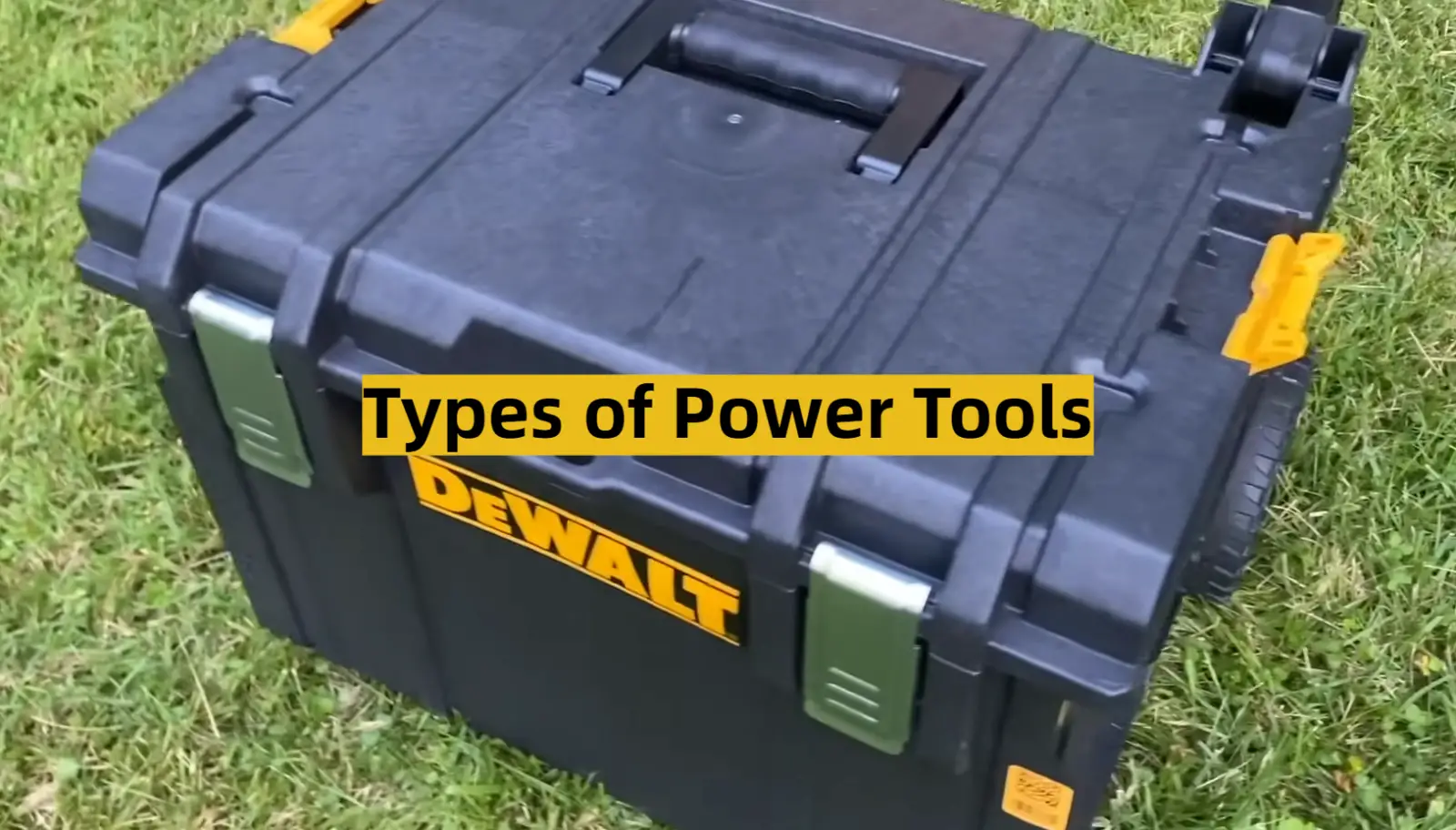




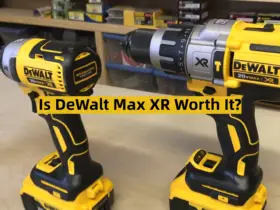

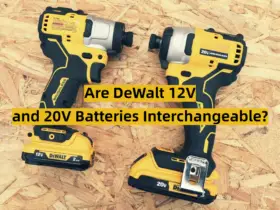
Leave a Reply